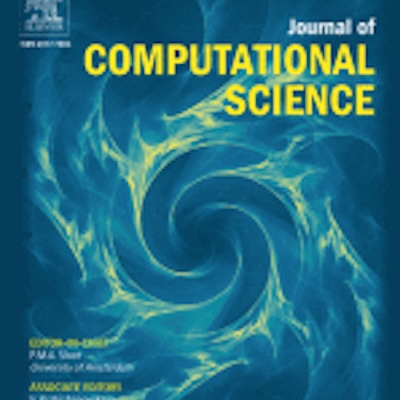Harvis: an interactive virtual reality tool for hemodynamic modification and simulation
Journal of Computational Science
Harvey Shi, Jeff Ames, Amanda Randles

Summary
Cardiovascular disease (CVD) affects more than 90 million adults in the United States. In recent years, computational hemodynamic models have helped improve our understanding of CVD progression; however, such research workflows can be challenging and unintuitive to operate. We thus developed Harvis, a software platform with a flexible GUI for performing vascular simulations and a VR-capable interface for geometry modification and flow visualization. The aim of Harvis is to streamline and integrate this process for research use and future clinical applications. We also present a user study (n=26) that evaluates interaction with vascular modeling on 2D and VR displays.
Citation
Shi, Harvey, Jeff Ames, and Amanda Randles. “Harvis: an interactive virtual reality tool for hemodynamic modification and simulation.” Journal of Computational Science 43 (2020): 101091.
